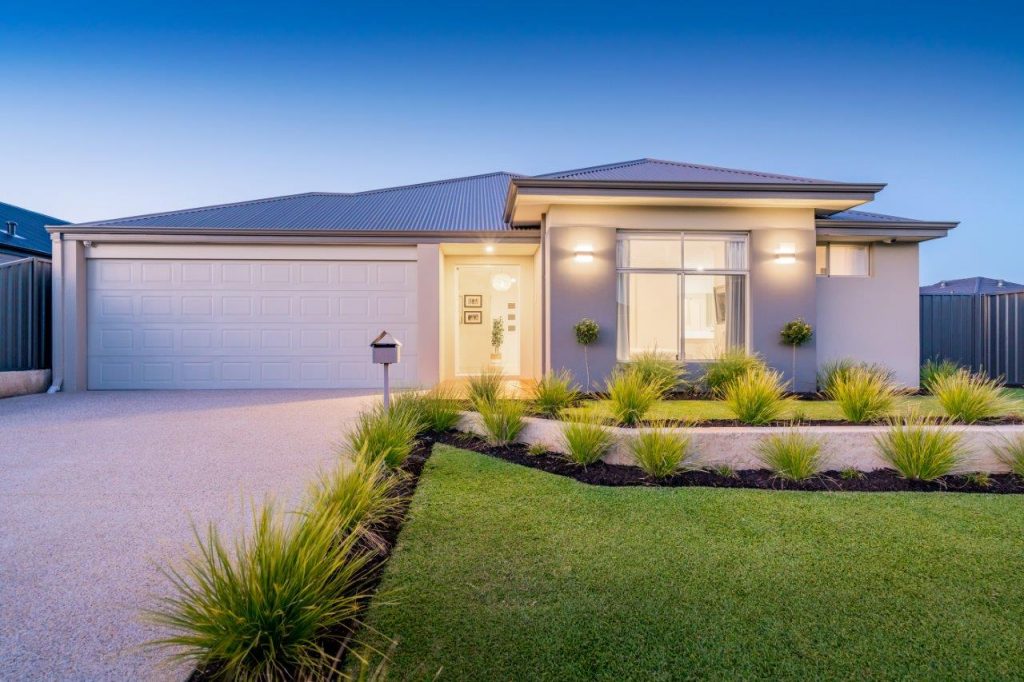
An accessible home on the outside gives way to one on the inside that provides accessibility as well for the residents and those coming into the home – a visible experience that offers no restrictions to usage.
Life happens
It doesn’t need to be a serious incident that we encounter, such as a traffic accident or a major fall, but we might find ourselves in a predicament that results in a temporary mobility limitation. As a result, wee need to make adjustments and accommodations to our movements – for a day or two, or perhaps a little longer.
Maybe we fell off of our bike and scraped ourselves up or received a painful bruise or two, rollerbladed off a curb or into a stationary object such as a post or tree, twisted our ankle rather severely while running or playing outside (with the dog, softball, tennis, or pickleball, for instance), or tripped and fell (not breaking any bones or tearing any ligaments but leaving us sore for a couple of days). There are many events that happen in the course of living that can leave us temporarily impaired.
This can mean that the way we go about doing our normal activities has to be adjusted.
The arrival experience
Imagine coming home after incurring such a minor incident (accident) as we just described – nothing serious but somewhat painful and disruptive to our normal routine nonetheless. Suppose we bruised or strained a muscle, ligament, or tendon to the point that it was painful to put much weight on it – a knee, ankle, calf, wrist, forearm, or foot, for instance.
Coming back home, regardless of where the incident in question occurred and even if it happened in our backyard or the neighborhood, those entry steps or long sidewalk to the front door that we need to traverse – usually with no special thought or effort involved – seem a little more challenging than they had been previously. That small landing or step-up into the home and getting through the front door seem to be more of a challenge also.
Now, consider that people whom we invite to our home for an event (party, celebration, watching the game or movie on TV, cards, cookout, discussion group, dessert, or cocktails) might have a similar or even more trying experience in getting into our home to be with us and enjoy what we have planned.
Entry has to occur first
Before anyone – our guests or us – can enjoy the activities inside our home and experience what is inside, we must make it through the front door and into the home. The front door is the transition from the outside world to the inside of the home – where the reason people have come awaits them.
We won’t always know in advance what mobility limitations or issues someone is facing, and they could be different from a few days earlier or the last time we saw or spoke with them. It’s a little late to accommodate them after they begin arriving.
A design concept that promotes accessibility, safety, enjoyment, and general use of a home – by occupants and their guests and visitors – is known as “visitability.” While this is extremely beneficial, few homes anywhere actually have it. Anyone committed to providing these types of solutions in either new or existing construction would have years of work ahead of them.
Visitability is a recognized design strategy and emphasis, but few building departments actually regulate or look for it.
Visitability challenges
Because of the terrain of someone’s front yard or the general street setting where the home is located, how those homes are situated on the land they occupy, the architectural or historical integrity of a neighborhood, and setback requirements for the home’s location from the street, there are many homes where creating or establishing a visitable approach and entrance are just not reasonably feasible. Not much is impossible, but it would come at a significant cost if it were to be considered or pursued.
For the rest of the homes, however, visitability is a challenge worth pursuing. This means that the current occupants of a home would have a safer easier way of approaching, entering, and getting around inside their home. Anyone visiting, whether by invitation or just dropping in, would have the same easy approach – even when using mobility assistance devices.
There are four major aspects of visitability – allowing anyone whether they live in a particular home or not unfettered access to that home – that accommodate general use of any home: getting to the front door (sidewalk, driveway, front yard), at the front door (the landing, covered entry, entry station), going inside (making it through the door and having room to maneuver once inside), and using the home (access, passageways, freedom of movement, lighting, seating, cabinetry, wall controls hallway, bathroom, living room, and kitchen space).
To begin creating and expressing a visitable experience, universal design components serve as the foundation for visitability improvements.
